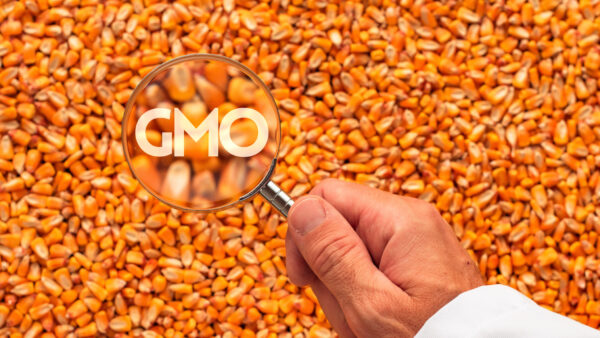If you haven’t already, check out the You Tube video called “Farm Forward.” I recently played this video for a group of Dakota State University business technology students during a tour of our seed plant facility in Madison, South Dakota.

Mustang Seeds president and
1st vice president
for the Independent Professional Seed Association
It was a normal tour with a guided walk of our seed plant followed by an informational meeting about our seed business. I talked about issues facing the seed industry, including consumer perception of biotechnology and government (domestic and foreign) approvals of new seed technologies. I also talked about how precision technology and new innovations in equipment is on the cusp of taking the seed industry to the next level.
I used the video to help illustrate how today’s farms use advanced technology. I showed this same video to a group of customers 18 months ago and they all thought it was very futuristic. But as I sat and watched the video with the students, I realized that in just 18 months, the story was no longer futuristic; it was reality. In fact, it didn’t even include the drone technology that many companies have been working with in production agriculture.
This video sparked a series of questions from students. One thing to note: Dakota State University is a leader in cyber security and management of big data, and it’s not the land-grant college in our state. This topic was of much interest to the class and lead the remainder of our discussions.
It struck me that these students are going to play a critical role in the seed industry as many of them are computer and cyber technology majors. Traditionally, I’ve thought that agronomy students were the only individuals that companies, such as mine, would be interested in hiring. That theory has changed just as our seed businesses have changed.
“Learn as much as you can about all new seed and farming technologies.”
— Terry Schultz
As the owner of a regional seed company, it is my responsibility to not only help customers with their seed selection, but to also keep them informed about the latest technology that could improve yields and their farming operations. This includes variable rate seeding, variable hybrid planting, the use of drones for scouting, precision application of inputs such as fertilizer, and using data to their benefit.
The hurdle that I struggle with, as do many of my peers, is how much capital should I invest in the technology arena. Do I buy a fleet of drones? Do I buy my own prescription software or use one a national company is selling growers today? The questions of how and what a seed company can do with technology seem to be endless.
Plus, it’s not the easiest item to budget for, as even the national companies that have spent hundreds of millions of dollars on precision technology are having a slower uptake than expected. Certainly commodity prices have affected farmers’ purchases of technology. In general, they are interested in new technologies, but as bottom lines get tight, these purchases go on hold.
In 2013, our company launched Mustang Acre Placement (MAP), a technology seed prescription program. MAP allows our sales force and dealers to sit with growers, look at satellite imagery and soil maps, and select the best hybrids for each field.
This has been well received by growers who want that extra information about their fields and seed. Our system integrates with most planting equipment from national brands. For companies looking to add precision seeding programs, it’s important to know if what you are buying easily integrates with what your customers are using; there are considerable expenses to change equipment.
Who pays for all of this wonderful technology — the seed company or the farmer? In our set up, the company pays for the program. It seems the sales organization always fears new charges to a customer even if we deliver a new seed enhancement. As we add new features to our program, be it variable rate prescriptions or drone flights throughout the growing season, we will need to charge for those services. We need to be able to show customers the value of these services, which will fluctuate with commodity prices.
My recommendation is to learn as much as you can about all new seed and farming technologies. In the beginning, consider contracting out some precision ag services. This would allow you to gauge how your customers respond before you spend hundreds of thousands of dollars on technology — that may or may not provide a return on your investment.










